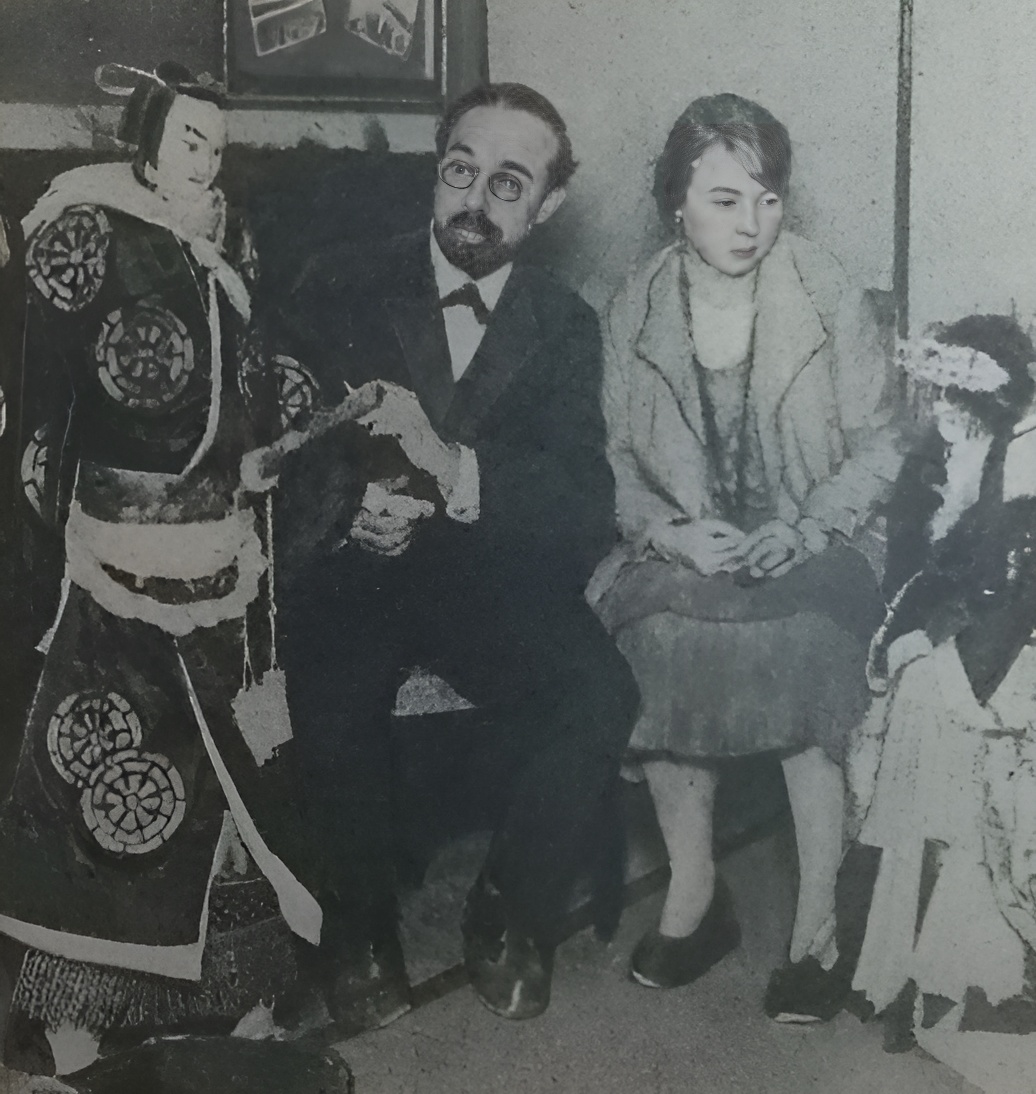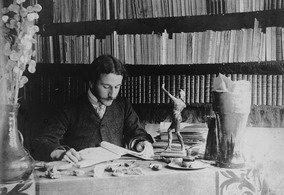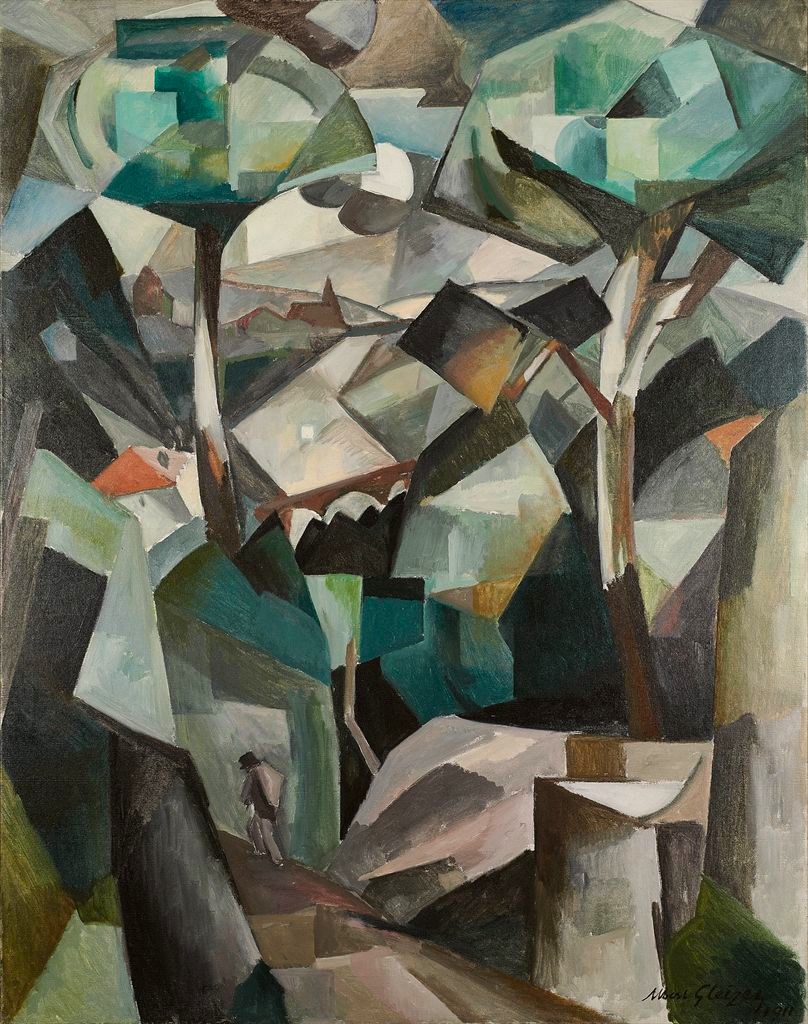|
Filippo Tommaso Marinetti
Filippo Tommaso Emilio Marinetti (; 22 December 1876 – 2 December 1944) was an Italian poet, editor, art theorist and founder of the Futurist movement. He was associated with the utopian and Symbolist artistic and literary community Abbaye de Créteil between 1907 and 1908. Marinetti is best known as the author of the ''Manifesto of Futurism'', which was written and published in 1909, and as a co-author of the Fascist Manifesto, in 1919. Childhood and adolescence Emilio Angelo Carlo Marinetti (some documents give his name as "Filippo Achille Emilio Marinetti") spent the first years of his life in Alexandria, Egypt, where his father, Enrico Marinetti, and mother, Amalia Grolli, lived together ''more uxorio'' (as if married). Enrico was a lawyer from Piedmont, and his mother was the daughter of a literary professor from Milan. They had come to Egypt in 1865 at the invitation of Khedive Isma'il Pasha to act as legal advisers for foreign companies that were taking part in his mode ... [...More Info...] [...Related Items...] OR: [Wikipedia] [Google] [Baidu] |
Alexandria
Alexandria ( ; ) is the List of cities and towns in Egypt#Largest cities, second largest city in Egypt and the List of coastal settlements of the Mediterranean Sea, largest city on the Mediterranean coast. It lies at the western edge of the Nile Delta, Nile River delta. Founded in 331 BC by Alexander the Great, Alexandria grew rapidly and became a major centre of Hellenic civilisation, eventually replacing Memphis, Egypt, Memphis, in present-day Greater Cairo, as Egypt's capital. Called the "Bride of the Mediterranean" and "Pearl of the Mediterranean Coast" internationally, Alexandria is a popular tourist destination and an important industrial centre due to its natural gas and petroleum, oil pipeline transport, pipelines from Suez. The city extends about along the northern coast of Egypt and is the largest city on the Mediterranean, the List of cities and towns in Egypt#Largest cities, second-largest in Egypt (after Cairo), the List of largest cities in the Arab world, fourth- ... [...More Info...] [...Related Items...] OR: [Wikipedia] [Google] [Baidu] |
Baccalauréat
The ''baccalauréat'' (; ), often known in France colloquially as the ''bac'', is a French national academic qualification that students can obtain at the completion of their secondary education (at the end of the ''lycée'') by meeting certain requirements. Though it has only existed in its present form as a school-leaving examination since Emperor Napoleon Bonaparte's implementation on March 17, 1808, its origins date back to the first medieval French universities. According to French law, the baccalaureate is the first academic degree, though it grants the completion of secondary education. Historically, the baccalaureate is administratively supervised by full professors at universities. Similar academic qualifications exist elsewhere in Europe, variously known as ''Abitur'' in Germany, '' maturità'' in Italy, '' bachillerato'' in Spain, '' maturita'' in Slovakia and Czech Republic. There is also the European Baccalaureate, which students take at the end of the European Sc ... [...More Info...] [...Related Items...] OR: [Wikipedia] [Google] [Baidu] |
Charles Vildrac
Charles Vildrac (November 22, 1882 – June 25, 1971), born "Charles Messager",''1971 Britannica Book of the Year'' (for events of 1971), "Obituaries 1971" article, page 532, "Vildrac, Charles" item was a French libertarian playwright, poet and author of what some consider the first modern children's novel, ''L'Île rose'' (1924). Born in Paris, Vildrac's first poems were written when he was a teenager in the 1890s. In 1901 he published ''Le Verlibrisme'', a defense of traditional verse. In 1912 he published a collection of prose poems. He was a member of the Abbaye de Créteil which he founded with Georges Duhamel. He died in Saint-Tropez. The Prix de poésie Charles Vildrac is named for him. Works * ''Poèmes (1905)'' * ''Images et mirages'' (1907), poems * ''Livre d'amour'' (1910), poems * ''Notes sur la technique poétique'' (1910), ''Notes on Poetic Technique'', with Georges Duhamel * ''Chants du désespéré (1914–20)'' (1920), ''Songs of a Desperate Man'', poems ... [...More Info...] [...Related Items...] OR: [Wikipedia] [Google] [Baidu] |
Alexandre Mercereau
Alexandre Mercereau (22 October 1888 – 1945) was a French symbolist poet and critic associated with Unanimism and the Abbaye de Créteil. He founded the Villa Médicis Libre, which helped impoverished artists and operated as charitable reformatory for delinquent teenagers. Mercereau's work inspired the revolutionary artistic movement of the early 20th century known as Cubism. Early life and career Born Alexandre Mercereau de la Chaume, he signed his first texts Eshmer-Valdor, a pseudonym he quickly abandoned. In 1901, at sixteen years of age, Mercereau's first verses were published; poetry and criticism in ''Oeuvre d'art international''. In 1904 he co-founded the magazine ''La Vie'', where he became assistant editor, drama critic, and columnist.Jean Metzinger, ''Alexandre Mercereau'', a critical essay published in ''Vers et Prose'', 27 (October–November 1911) [...More Info...] [...Related Items...] OR: [Wikipedia] [Google] [Baidu] |
Albert Gleizes
Albert Gleizes (; 8 December 1881 – 23 June 1953) was a French artist, theoretician, philosopher, a self-proclaimed founder of Cubism and an influence on the School of Paris. Albert Gleizes and Jean Metzinger wrote the first major treatise on Cubism, ''Du "Cubisme"'', 1912. Gleizes was a founding member of the Section d'Or group of artists. He was also a member of ''Der Sturm'', and his many theoretical writings were originally most appreciated in Germany, where especially at the Bauhaus his ideas were given thoughtful consideration. Gleizes spent four crucial years in New York, and played an important role in making America aware of modern art. He was a member of the Society of Independent Artists, founder of the Ernest-Renan Association, and both a founder and participant in the Abbaye de Créteil. Gleizes exhibited regularly at Léonce Rosenberg's ''Galerie de l’Effort Moderne'' in Paris; he was also a founder, organizer and director of Abstraction-Création. From the mid-1 ... [...More Info...] [...Related Items...] OR: [Wikipedia] [Google] [Baidu] |
Phalanstère
A ''phalanstère'' (or phalanstery) was a type of building designed for a self-contained utopian community, ideally consisting of 500–2,000 people working together for mutual benefit, and developed in the early 19th century by Charles Fourier. Fourier chose the name by combining the French word ''phalange'' (phalanx, an emblematic military unit in ancient Greece) with the word ''monastère'' (monastery). Structure Fourier conceived the ''phalanstère'' as an organized building designed to integrate urban and rural features. The structure of the ''phalanstère'' was composed of three parts: a central part and two lateral wings. The central part was designed for quiet activities. It included dining rooms, meeting rooms, libraries and studies. A lateral wing was designed for labour and noisy activities, such as carpentry, hammering and forging. It also hosted children because they were considered noisy while playing. The other wing contained a caravansary, with ballrooms and h ... [...More Info...] [...Related Items...] OR: [Wikipedia] [Google] [Baidu] |
Cubism
Cubism is an early-20th-century avant-garde art movement which began in Paris. It revolutionized painting and the visual arts, and sparked artistic innovations in music, ballet, literature, and architecture. Cubist subjects are analyzed, broken up, and reassembled in an abstract form. Instead of depicting objects from a single perspective, the artist depicts the subject from multiple perspectives to represent the subject in a greater context. Cubism has been considered the most influential art movement of the 20th century. The term ''cubism'' is broadly associated with a variety of artworks produced in Paris (Montmartre and Montparnasse) or near Paris (Puteaux) during the 1910s and throughout the 1920s. The movement was pioneered in partnership by Pablo Picasso and Georges Braque, and joined by Jean Metzinger, Albert Gleizes, Robert Delaunay, Henri Le Fauconnier, Juan Gris, and Fernand Léger. One primary influence that led to Cubism was the representation of three-dimensional ... [...More Info...] [...Related Items...] OR: [Wikipedia] [Google] [Baidu] |
Constantin Brâncuși
Constantin Brâncuși (; February 19, 1876 – March 16, 1957) was a Romanian sculptor, painter, and photographer who made his career in France. Considered one of the most influential sculptors of the 20th century and a pioneer of modernism, Brâncuși is called the patriarch of modern sculpture. As a child, he displayed an aptitude for carving wooden farm tools. Formal studies took him first to Bucharest, then to Munich, then to the École des Beaux-Arts in Paris from 1905 to 1907. His art emphasizes clean geometry, geometrical lines that balance forms inherent in his materials with the symbolism (arts), symbolic allusions of representational art. Brâncuși sought inspiration in non-European cultures as a source of Primitivism, primitive exoticism, as did Paul Gauguin, Pablo Picasso, André Derain, and others. However, other influences emerge from Romanian art, Romanian folk art traceable through Byzantine Empire, Byzantine and Dionysian traditions. Early years Brâncu� ... [...More Info...] [...Related Items...] OR: [Wikipedia] [Google] [Baidu] |
Filippo Tommaso Marinetti - Zang Tumb Tumb - Hoge Rijndijk 8, Leiden
Filippo is an Italian male given name, which is the equivalent of the English name Philip, from the Greek ''Philippos'', meaning "horse lover".''Behind the Name''"Given Name Philip" Retrieved on 23 January 2016. The female variant is Filippa. The name may refer to: * Filippo I Colonna (1611–1639), Italian nobleman *Filippo II Colonna (1663–1714), Italian noblemen *Filippo Abbiati (1640–1715), Italian painter *Filippo Baldinucci (1624–1697), Italian historian *Filippo Brunelleschi (1377–1446), Italian architect * Filippo Carli (1876–1938), Italian sociologist *Filippo Castagna (1765–1830), Maltese politician *Filippo Coarelli (born 1936), Italian archaeologist *Filippo Coletti (1811–1894), Italian singer *Filippo di Piero Strozzi (1541–1582), French general *Filippo Salvatore Gilii (1721–1789), Italian priest and linguist *Filippo Grandi (born 1957), Italian diplomat * Filippo Illuminato (1930–1943), Italian partisan, recipient of the Gold Medal of Military V ... [...More Info...] [...Related Items...] OR: [Wikipedia] [Google] [Baidu] |






